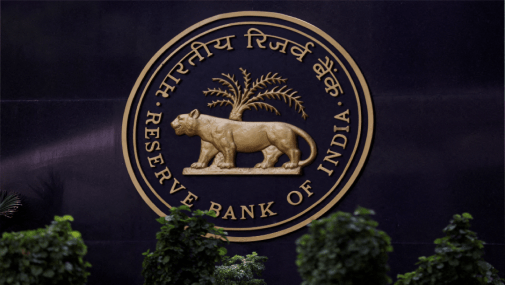Nepal Elections
May 26, 2017 | Expert Insights

After two entire decades the people of the landlocked country of Nepal were set to vote for local government body elections on the 14th of May 2017. While citizens showed varying levels of interest in the electoral process, there was an air of ambiguity and distrust in the bureaucracy. Struggle for power and widespread corruption has further reduced faith in the government. In response to the elections, Prime Minister Pushpa Kamal Dahal ‘Prachanda’ of the CPN (Maoist) stepped down in protest citing the need for more political reformation.
Nepal has undergone a series of turbulent political shifts, from abolishing its ancient Hindu Monarchy to a Maoist insurgency, which culminated in the 2015 draft constitution effectively moving the country towards greater democracy. The elections are expected to bring governance back to the locals of towns, villages, municipalities and metropolitan areas.
What can be expected from the elections?
The local elections were the first phase of the three-tier electoral process set to be completed in January of 2018. The new constitution is assumed to clear the path towards economic reformation but federalism continues to be a conflicted issue. Nevertheless, political parties, both big and small, have promised grass-root level development through education, health and business for the country recently recovering from a devastating earthquake.
The Madhesi’s from the Southern plains of Nepal have long been marginalised by the government. An ethnic group sharing a socio-cultural past with India, they maintain that the reorganisation of provinces by the new constitution has adversely affected them. Notwithstanding, there is an association of Madhesi parties to challenge the hegemony of power held by the ethnic Nepali hill people. They continue to uphold the earlier demands for constitutional amendments and overall reform through strikes.
Political parties number nearly a hundred yet three main parties continue to dominate governmental processes through vote-bank politics and historical political power. Small parties, such as Naya Shakti and Sajha Party, with promises of reconstruction, health reforms and anti-strike policies have been commendable in their efforts. However, voting predictions expect the youth to vote in accordance to patterns followed by the parents, thereby reducing the power given to the rising smaller political factions.
What is the possible impact in the region?
Nepal has moved away from the traditional alliance with India towards one with China strengthened by the One Belt, One Road project. Past support of the Maoist party by the People’s Republic of China has been sidelined in favour of greater economic progress. India’s plans to develop hydropower in Nepal was stalled due to political instability. Current relative peace can revive the electricity trade between the two countries. However, Nepal remains in conflict with the two countries it is wedged between on the issue of the Lipu-Lekh Pass. Political parties have not overtly pledged allegiance to either country as of now but foreign funding for their parties have come from foreign government sources.
Assessment:
Government stability is viewed as the foundation for economic growth and development in a globalised setting. The liberal economic atmosphere of Nepal can attract FDI in billions as the mineral, agricultural and energy sectors are ripe for utilisation. The federal nature of the government will allow for states/provinces to allocate resources as per requirement. The problem lies in protection of the natural environment alongside the conflict amongst the various ethnic groups. Constitutional amendments should ensure state divisions do not allow for marginalisation of communities.








Comments